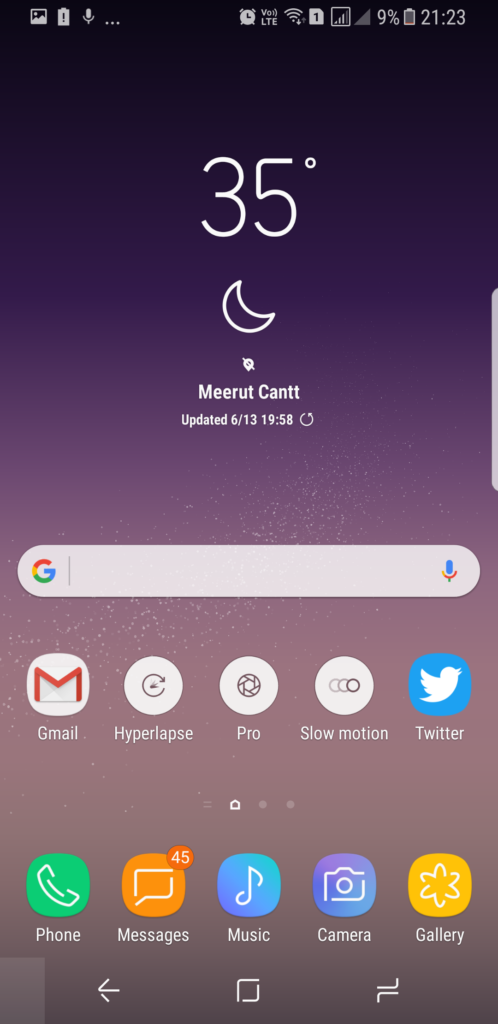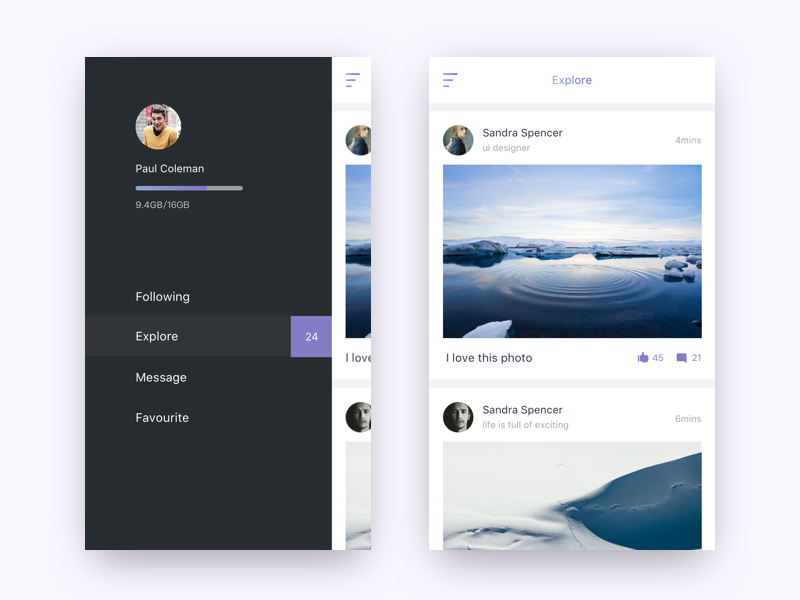Table of Content
Second, you can long-press the app icon and tap "Add to Home Screen," and the app will appear automatically on the first open spot it's allowed to go on. The App Library also changes how you remove apps from your iPhone compared to iOS 13 and earlier. If your iPhone is running iOS 13 or below, then the Messages app icon must be hidden inside one of the folders on the home screen.
Here’s how to add app icon from app drawer. If your App Store didn’t show up in your search results, the next option is to restore your Home Screen to its default settings. After you find it, long press the Messages icon and select Add to home from the menu. Alternatively, simply touch and hold and drag the Messages app icon to the home screen. Look for the Messages app icon on all pages and inside folders.
How Do I Put an App Back on My iPhone Home Screen?
To add an app to your Home screen, open the App Library and search for the app you want to add. Press and hold the app icon until a menu appears and tap on Add to Home Screen. If all else fails, you can reset the home screen layout. One of the design features has been the removal of the apps button, giving you more space for your most used app icons. Missing icons could be due to a faulty Android launcher, accidentally deleted apps, or hidden apps.

Even though iOS does not yet support individual app limitations, you are still able to ban apps according to their age ratings. Locate and long press on the Facebook icon. Next, unlike last time, while pressing the icon, move it slightly anywhere around the screen. Once you tap “Add to Home Screen”, the system ]will place the Facebook App on your Home Screen, depending on where there is ample empty space to fit the icon. You can access all of your apps by swiping up on your home screen.
18 Surprisingly Practical Uses for Apple AirTags
Pull down from the top of the App Library to see an alphabetical list of all apps. Tap the small four app bundles in the bottom right corner of a category to see all the apps in that App Library folder. Scroll to Hidden Items, then click Manage. The app reappears in your Purchased list. From the bottom of your Home screen, swipe up. If Installing Apps and Deleting Apps are set to Don’t Allow select one at a time and allow them both.

From the middle of your Home Screen, swipe down to access the Search field. Thanks to all authors for creating a page that has been read 8,512 times. Find the app you want to add to the Home Screen. You'll see this in the third grouping of menu items next to an icon of a Home screen. Jagdish is an Android troubleshooter who loves talking tech and discussing technology's impact on humanity.
Why Does This iPad Case Have 75,000+ Five Star Reviews?
3) Another way to add an app to your Home screen is by tapping and holding on its icon in the App Store until it starts shaking. Then, drag it to one of your Home screens. Scroll through the list of apps that display or tap MORE and select Show system apps.
If you've ever hidden a Home Screen page , the app you're looking for might be on one of those hidden pages. By default, iOS will send new apps to both the Home Screen and App Library, but it may not actually do that. That's because you may have inadvertently set new apps to go to the App Library only or removed an app manually.
How To Downgrade Samsung Galaxy S4: Get the Comfort Back
Deleting a Home Screen page does not delete its apps; it only removes them from the Home Screen, so you'll still find them in the App Library. If you did it quickly, you might have hit the remove option instead of delete, thinking it would delete it. That would make it look like the app was still on your iPhone — just not on the Home Screen — even though you "deleted" it. If you want it back, you don't have to install it again because you just hid it from your Home Screen.

You may accomplish this by going into your device’s settings, selecting General, then selecting Restrictions, and finally selecting Apps. From there, you can disable any apps that have a rating that exceeds the limit. You might have noticed that a notification window appears whenever an application tries to access your location, images, contacts, or other data on your device. You will be provided with the keys to your data, giving you the ability to control who has access to it and whether or not they may view it.
All the apps and widgets that you see on the screen should start to jiggle. Hopefully, you should be able to restore the Messages app icon on your home screen using one of the two methods mentioned above. But if they don’t help, you should reset the home screen layout. Doing so will put all the apps in their original place, thus restoring the Messages app back on the home screen. Once you find the Messages app icon, touch and hold it, and then drag it upwards until you see your phone’s home screen.

Knowing whether the app in question is still installed or not is key to choosing the right method to restore its icon to your home screen. The first method you can use to check the app installation status is by navigating to the App Store. To see if you have hidden home screens and potentially hidden apps, consider doing the following.
After the last one is removed, the Home screen will be removed. You can find "Remove," "Uninstall," or both. "Remove" takes an app off your Home screen only.

You can manually look inside the folders or use Spotlight search to find it. In iOS 14, Apple introduced App Library, which is the last page on the home screen and lists all the installed apps on your iPhone in different categories. You might have accidentally removed the Messages app from the home screen.
What’s in This Article:
It’s weird that it’s so easy to delete the app drawer by mistake, but at least it shouldn’t take too long to get it back where it belongs. If you can’t find the app in your app drawer or when you search your device, it’s possible that you may have deleted it entirely. It’s usually easy enough to find out, but it does depend on where you got the app from. Alternatively, you can swipe right to left on the home screen to bring up the App Library.
Keep Your Connection Secure Without a Monthly Bill. Hiding a Home Screen page has consequences you might have missed. When you first hide a page or any number of pages, it will automatically set new app downloads to appear only in the App Library, not on the Home Screen. So if you don't remember setting new app downloads to work that way, you may have accidentally triggered it after hiding a Home Screen page.



















